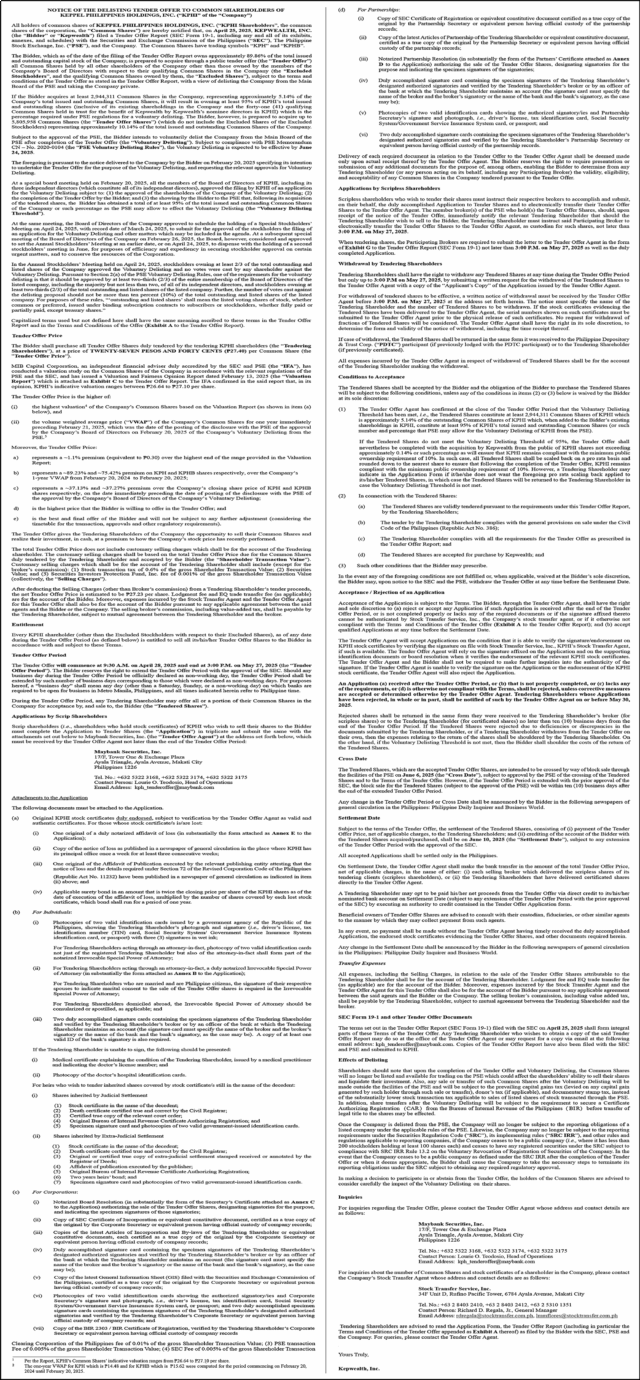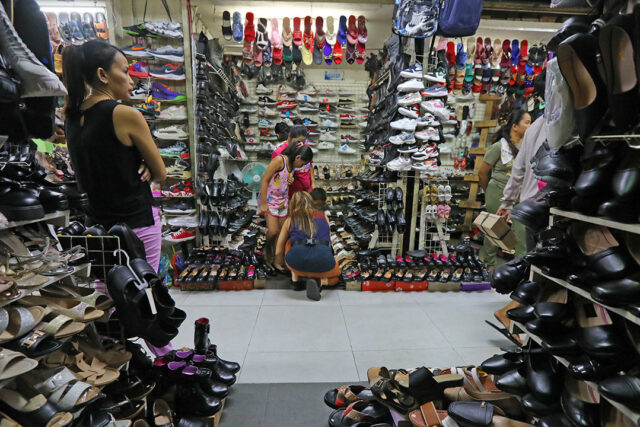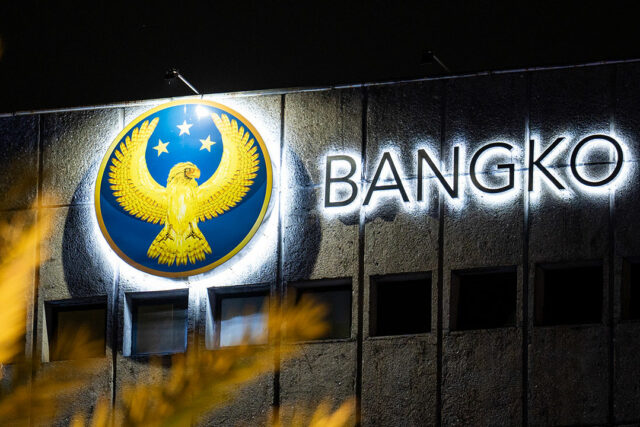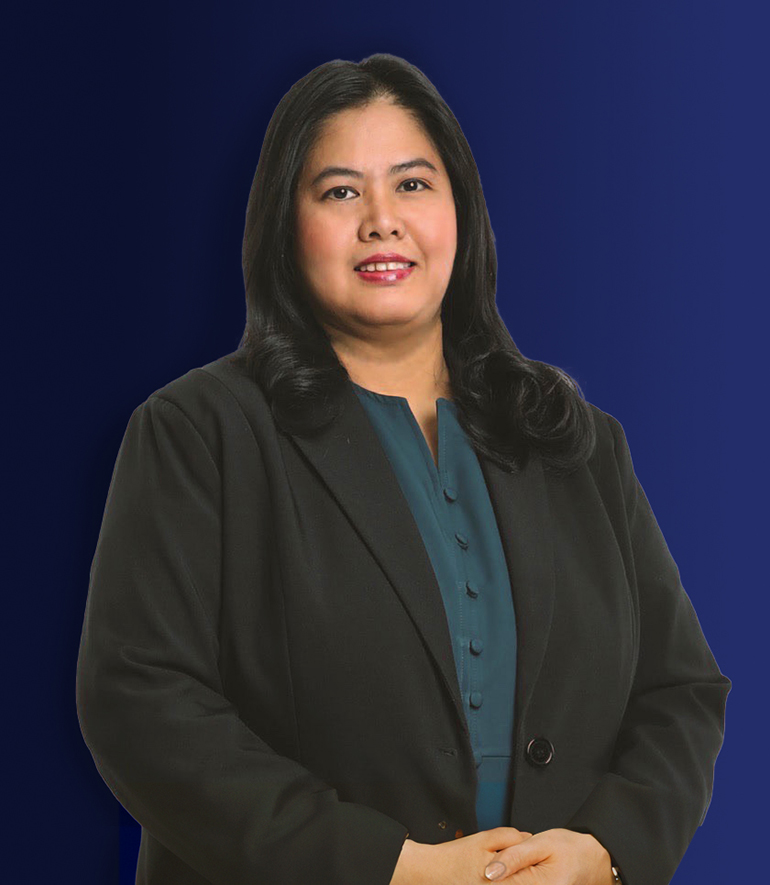As vehicles of various sizes continue to serve multiple purposes on the road and thus keep the economy on the move, the local automotive industry has kick-started its growth in the previous quarter, revving up its engines for further growth in the months ahead.
Maintaining its momentum, the Philippine automobile market started 2025 on a positive note in terms of vehicle sales and growth. According to a joint report from the Chamber Automotive Manufacturers of the Philippines, Inc. (CAMPI) and the Truck Manufacturers Association (TMA), vehicle sales accelerated at the beginning of the year, showing a 10.4% year-on-year increase, leading to 37,604 units of vehicles sold. With such growth, the industry projected an overall 8% rise in vehicle sales, aiming for 512,000 sold units in 2025.
“Car sales in January 2025 likely reflected a combination of strong consumer demand, improved supply chain conditions, and continued economic recovery,” John Paolo R. Rivera of the Philippine Institute for Development Studies, was quoted as saying in a previous BusinessWorld report.
Based on the shared data, commercial vehicles are driving this month’s sales with a 16% increase and 29,875 units sold. These, then, are followed by a 17.8% increase in light commercial vehicle sales, and a 13% increase from the Asian utility vehicles (AUV) sales. Each have ultimately reached 22,350 units and 6,698 units sold, respectively.
While overall vehicle demand is high, month-on-month sales growth has slowed down since December 2024. Adding to this is a decrease in passenger car sales, which fell by 23.7% month on month, and 8.5% year on year.
Meanwhile, truck vehicle sales marked progress. Specifically, light truck sales climbed up by 20.6% with 497 units sold; while heavy trucks saw 9.5% growth in sales with 69 units sold.
Despite the steady progression in the first of month of the year, February experienced slow growth, recording a 4.1% year-on-year increase and 37,604 units sold.
The growth was primarily driven by commercial vehicles, AUVs, trucks, and buses. Still leading year-on-year vehicle sales were commercial vehicles, posting 9.1% growth, including 10.2% increase for light commercial vehicles. Alongside this, sales for AUVs rose to 5% and those for new vehicles to 2.9%.
However, passenger cars remained in a downturn, showing a 15.4% decrease in vehicle sales, from 9,638 units sold in 2024 to only 8,154 units this year. This decline is derived from consumers’ shifting preferences to commercial vehicles, as said by experts from Rizal Commercial Banking Corp. (RCBC) and Regina Capital Development Corp. in previous statements.
On a more positive note, month-on-month sales for passenger cars grew by 5.5%, resulting in 7,729 units sold compared to the previous month.
Trucks and buses saw notable gains last February. Heavy-duty trucks and buses increased at 39.3% with 85 units sold. This was followed by medium-duty trucks and buses at 9.6%, with 286 units sold, and light-duty trucks and buses at 7.4%, with 554 units sold.
Alongside these numbers, industry and experts observed shifting preferences and rising demand for vehicles that are designed for utility and passenger transport, and to be climate-resilient. The vehicles that have gained more popularity by the aforementioned month are AUVs and sport utility vehicles (SUVs).
“There has been a notable consumers’ preference for connected and personalized driving experiences, alongside a shift towards sustainability and environmental concerns,” CAMPI President Rommel R. Gutierrez said in a statement.
“Technological advancements in artificial intelligence, sensors, and infotainment systems, among others, are showing potential to transform the industry over time. These factors will contribute to the overall positive sales trends in 2025,” he added.
In March, the auto industry continued its upward trajectory with notable growth across several segments. During this month, the report highlighted that automotive vehicle sales grew by 7.6%.
Overall vehicle sales climbed by 2.9%, bringing total sales to 40,306 units. Commercial vehicles still performed strongly with a 16.5% increase year on year, as well as light commercial vehicles sales with 18.2%. Also contributing to the growth of vehicle sales were AUVs, up at 9.9% (7,057 units sold), and passenger cars, at 3.16% (8,154 units sold).
Sales of trucks and buses have continued their upward trend last month. Heavy-duty trucks and buses soared at 122.2% (100 units sold), and light-duty trucks and buses rose at 40% (447 units sold). Sales for medium-duty trucks and buses, however, dropped by 3.4% (320 units sold).
While passenger cars had 21% of the market share, it experienced a significant 16.6% decline in growth, falling from 10,127 units to 8,449 units compared to the previous year. Medium-duty trucks and buses also struggled, with a 3.9% increase, a slight drop from 333 units last year to 320 this year.
Vehicle sales remain dominated by market leaders. At the top rank is Toyota Motor Philippines Corp., holding 47.42% of the market share. In the last three months, it sold 55,513 units alone. The second player leading in automotive sales is Mitsubishi Motors Philippines Corp., with a 20% of the market share, and at least 23,382 units sold over the past three months. These manufacturers were followed by Nissan Philippines, Inc., with 6,722 units sold; Suzuki Phils., Inc., at fourth place with 5,441 units sold; and Ford Motor Co. Phils., Inc., with 6,722 units sold.
Charging roads ahead with EVs
Furthermore, the automotive industry is not only powering up roads but is also progressing with sustainability as manufacturers respond to the rising demand for electric vehicles (EVs) in Southeast Asia.
According to the 2025 Global Consumer Study by Deloitte, consumers in various global markets, including the Southeast Asia, are looking at EVs as their next vehicles. In particular, 17% of them prefer hybrid electric vehicles (HEVs), 13% for plug-in hybrid electric vehicles (PHEVs), and 11% for battery electric vehicles (BEVs) for the type of engine in their next vehicle. The survey also pointed out key reasons for choosing EVs as their next vehicles, such as lower fuel costs (64%), concern for the environment (55%), and driving experience (51%).
The growing interest for EVs sped up the development and preference of EV charging stations in many markets. For instance, Southeast Asian consumers are more in favor of charging their EVs at home (62%), in public (28%), and at work (10%). Unfortunately, access to these charging stations is not widely accessible. The survey reported only 32% have charging stations at home, 8% that share with others, and 58% with no access at all.
Within the Philippine market, EV adoption is projected to keep up the pace, starting with EV sales that showed significant growth in recent months.
At the beginning of the year, data showed EV sales escalated to 1,600 units, which included 1,445 hybrid EVs, 146 battery EVs, and nine plug-in hybrid EVs. In February, a total of 1,816 units were sold, and then sales rose further to a total of 1,895 units in March. As a result, the automotive industry accumulated a total of 5,311 EV units in the last three months, capturing 5.73% of the market share. — Angela Kiara S. Brillantes












 With a sustained commitment to quality life insurance that champions all Filipinos, Cocolife plans to expand their life insurance products and services to underserved regions and demographics.
With a sustained commitment to quality life insurance that champions all Filipinos, Cocolife plans to expand their life insurance products and services to underserved regions and demographics.


